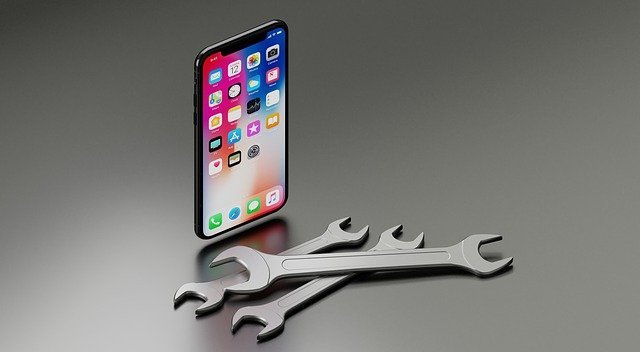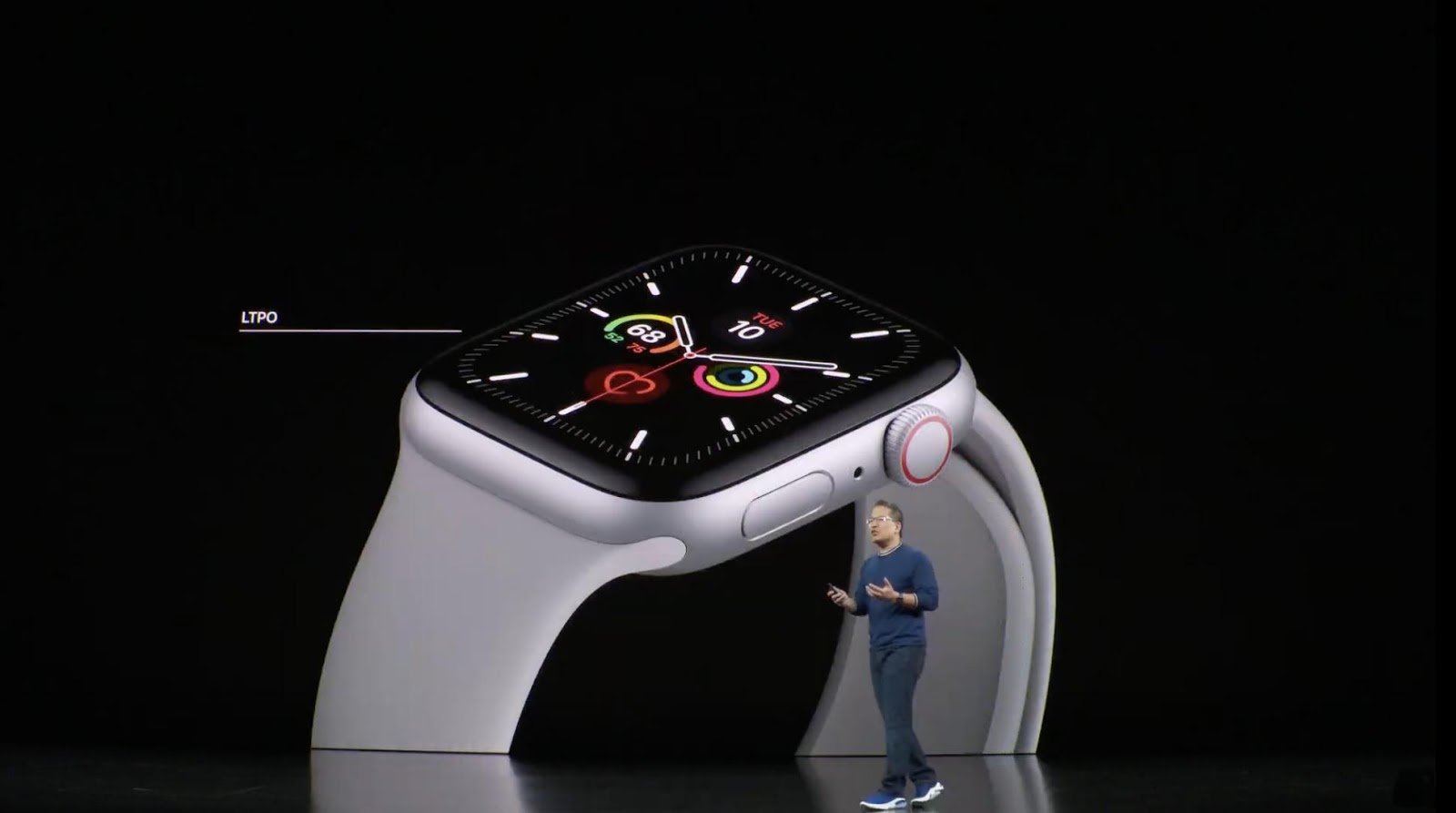What Is The Perfect Smartphone Screen Size? 5, 5.5 Or 6+ Inches?

With modern smartphones bringing the world to your fingertips, it’s no surprise that the screen size of your phone has become increasingly important. Today’s multipurpose smartphone not only serves as a phone for making and receiving calls and messages, but also as an entertainment device and gaming console for its owners. Choosing the right display size might be difficult because the market is crowded with smartphones with varied screen sizes. You should know how to analyze the features and choose the best smartphone for yourself, in addition to the screen size.
In this article, we’ll go over the benefits and drawbacks of a few of the most popular smartphone screen sizes, such as 5”, 5.5”, 6”, and even larger, in order to help you make an informed decision that considers your personal needs and tastes.
Let’s look at the advantages and disadvantages of the three most popular screen sizes: 5, 5.5, and 6+ 3 inches.
Table of Contents
Screen Size: 5 Inches
Pros
When you want a practical phone with a large display but is tiny enough to slip into your hand easily, a 5-inch display size is the new normal. Apart from giving you the freedom and comfort of using your phone alone, a controlled screen size means that activities like surfing the web, playing games, watching movies, reading e-books, and responding to emails are no longer difficult when done on the large display. With an adequately proportioned screen size that leaves enough space to pack in more features into your smartphone, features, ergonomics, and aesthetics are not compromised.
Additionally, choosing a 5-inch screen will allow you to experiment with smartphones from a variety of manufacturers, like Apple, Samsung, Google, Huawei, Oppo, Xiaomi, and others.
Cons
While a 5-inch screen size is a safe bet for you if portability, usability, and productivity are high on your wish list, a 5-inch display would mean that you have to settle for a viewing experience that can be much increased with larger display varieties.
Unlike the 5.5-inch and 6-inch versions, a 5-inch screen size may also indicate a lesser pixel count – an important consideration to make, especially if you want to enjoy animated wallpapers and backgrounds, as well as high-definition games and movies. Furthermore, the limited screen space can limit your creativity to some level, as producing presentations and compressing HD videos on a larger screen is much smoother than on a 5-inch monitor.
5.5 Inches Screen Size
Pros
A 5.5-inch screen size should be your ‘go-to’ option when both productivity and entertainment are non-negotiable for you. Also known as a phablet for its innovative take on a smartphone and a tablet, a 5.5-inch screen size should be your ‘go-to’ option when both productivity and entertainment are non-negotiable for you. It is popular among gamers who want a large display to navigate treacherous turns like an expert, as well as movie aficionados who want a larger screen for a cinematic experience in the comfort of their own homes. Aside from providing a better read, fluid typing capabilities, and the ability to multitask across many windows, a 5.5-inch display makes handling a variety of programmes, spreadsheet editing, and other tasks much easier.
As a result, workaholics who rely extensively on their smartphones for Office and other programs will find that a 5.5-inch screen size is more appropriate for their demands than smaller displays. Apple, Samsung, LG, and Xiaomi Redmi are just a few of the well-known manufacturers of smartphones with 5.5-inch displays.
Cons
A 5.5-inch screen may limit your comfort level because it is not small enough to fit easily in your hand or pocket. Because a higher display size indicates a larger battery for your phone, owning a 5.5-inch smartphone could mean that it takes longer to charge than phones with smaller batteries. Furthermore, these large-screen phones are prone to accidental drops and scratches, demanding regular cell phone repair and maintenance.
6 Inches or Bigger Screen Size
Pros
A 6-inch display, a popular fad in the ever-changing world of smartphones, is ideal for customers who want a canvas-like display to enjoy the latest blockbusters and graphic-intensive games without having to squint for an up close and personal view of distant images and rapid and sophisticated video actions. A 6+-inch display is a better deal when you want unrivaled clarity and sharpness of images to enhance your multimedia experience, thanks to its high resolution and increased pixel density. When you browse the web on your smartphone’s large 6-inch screen, it’s even more enjoyable. Bibliophiles will appreciate this screen size because they can indulge their passion for books to the utmost with e-book apps. Because a larger screen can display more text in one go, it provides consumers with a more continuous and comfortable reading experience and removes the need to scroll down the screen regularly. Smartphones with a generous 6-inch screen size are also ideal for artists looking for a larger canvas on which to unleash their creativity. Apple, Samsung, Huawei, Oppo, Vivo, Sony, and Xiaomi are just a handful of well-known smartphone makers with screen sizes of 6 inches.
Cons
The biggest difficulty with phones with super-sized 6-inch screens is portability. Large-screen phones are often inconvenient to use while traveling. Furthermore, if your 6+” display is damaged or cracked, replacing it might burn a hole in your wallet faster than repairing a tiny screen, which is normally less expensive. Also, folks with little hands or a preference for smaller phones may find it awkward to make and receive calls on such huge phones. Finally, it goes without saying that if you want to splurge on a smartphone with a generous 6” display that literally leaves little to the imagination, you’ll have to be prepared to pay extra! However, since screens have gotten longer and smaller, even phones with 6+ inch screens are more convenient than phones from previous generations. (Previously, smartphone screens had a 16:9 aspect ratio, but now they have 18:9, 18.5:9, and even 20:9 aspect ratios, making them more practical to use.)
Conclusion
Determining an optimum or ideal smartphone screen size is a subjective matter that is heavily influenced by a user’s own preferences and needs. With technology rapidly evolving and paving the way for cutting-edge innovations in the field of mobile computing, there is no such thing as a best fit any longer, as mobile companies are constantly striving to design and develop smartphone models that outperform their predecessors in terms of usability, features, performance, and functionality. It’s up to you, the consumer, to figure out your unique usage pattern and find a screen size that seamlessly fits your lifestyle.











